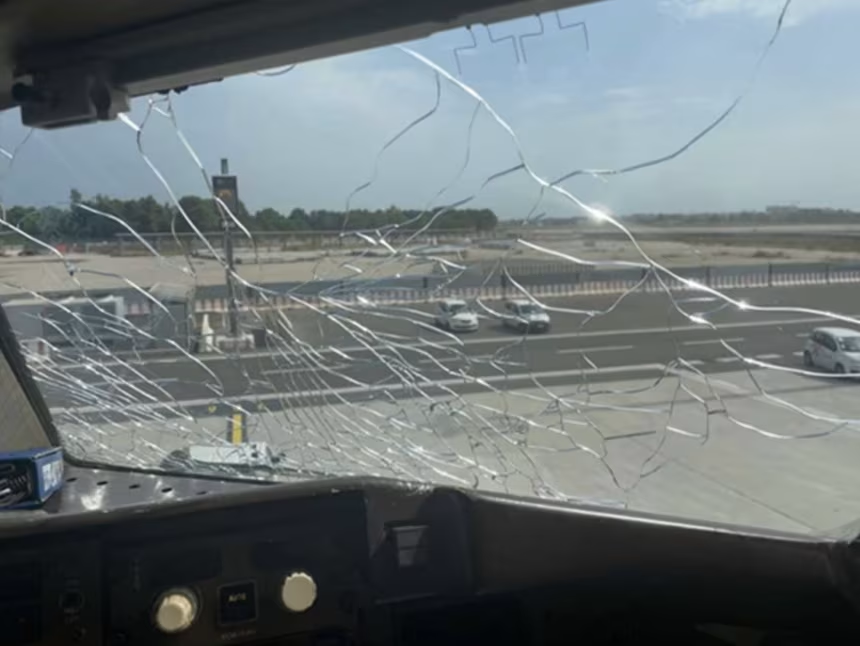A Delta Air Lines flight encountered a severe hailstorm shortly after takeoff over northern Italy, triggering an investigation into whether the crew and airline followed proper weather protocols. The aircraft sustained significant hail damage to its exterior as passengers felt turbulence and ice shrapnel hitting the fuselage.
Preliminary findings suggest the crew received several weather briefings before departure, but it remains unclear if all available storm data was considered or updated in real time. Some reports indicate a mid‐flight weather cell intensified faster than expected, catching the aircraft in its path during the climb. A critical question now: did the dispatchers alert the pilots to changes along the route, or did gaps in communication allow the plane to fly into the hail zone?
Maintenance crews are now assessing the full extent of damage, which could include dents in the fuselage, compromised windows, and possible impact on sensors or control surfaces. Airline safety teams are reviewing how much room the pilots had to divert, delay, or reroute around the storm cell. Given the severity, regulators will closely examine whether standard operating procedures were strictly followed.
Aviation experts say this incident highlights the danger of underestimating fast-developing weather. Even when storms are forecast, the micro-dynamics in certain high altitude zones can evolve rapidly. That’s why many operators advocate for conservative flight paths and continuous inflight weather updates, especially over regions known for volatile weather patterns.
For Delta and its regulators, the stakes are high. The final report could lead to procedural changes, retraining, and possibly operational penalties. Meanwhile, passengers and crew are counting on clarity, accountability, and stronger safeguards to prevent similar near misses in the future.


